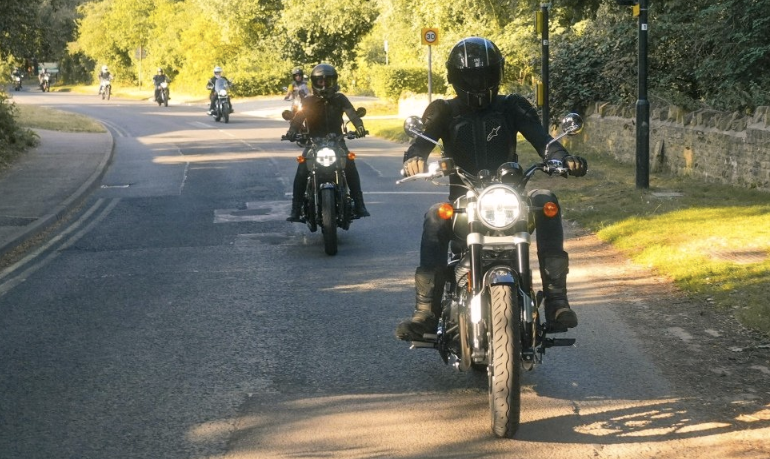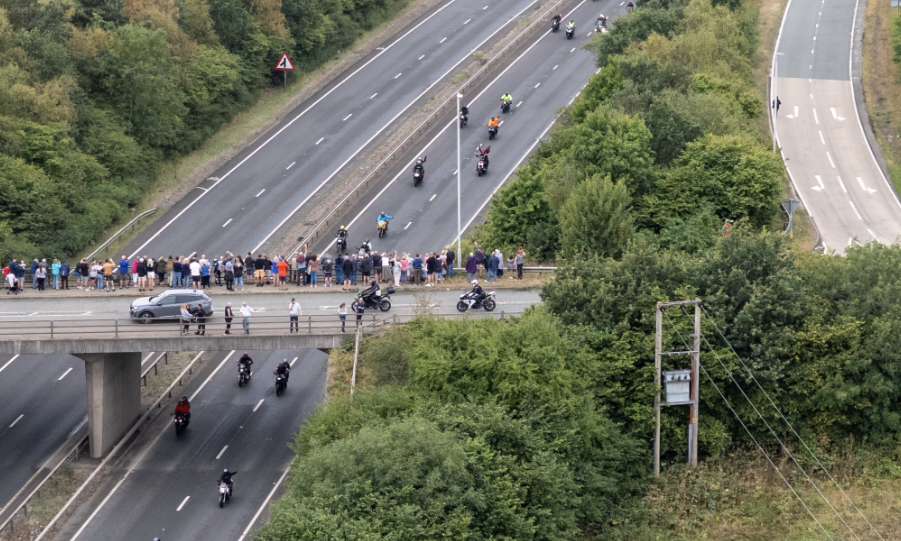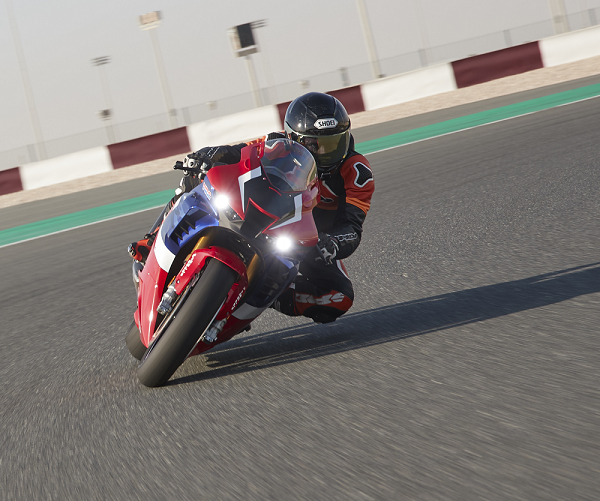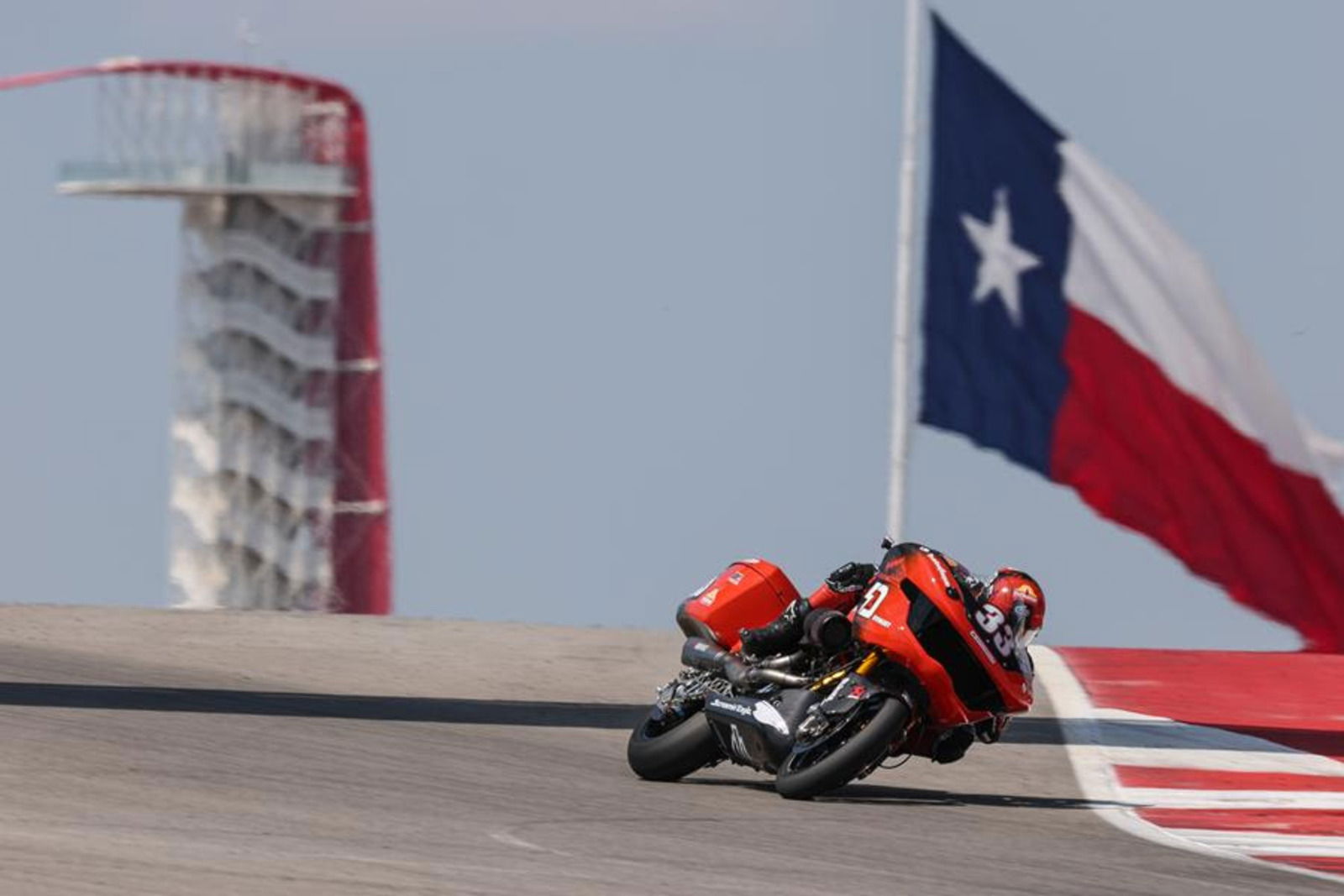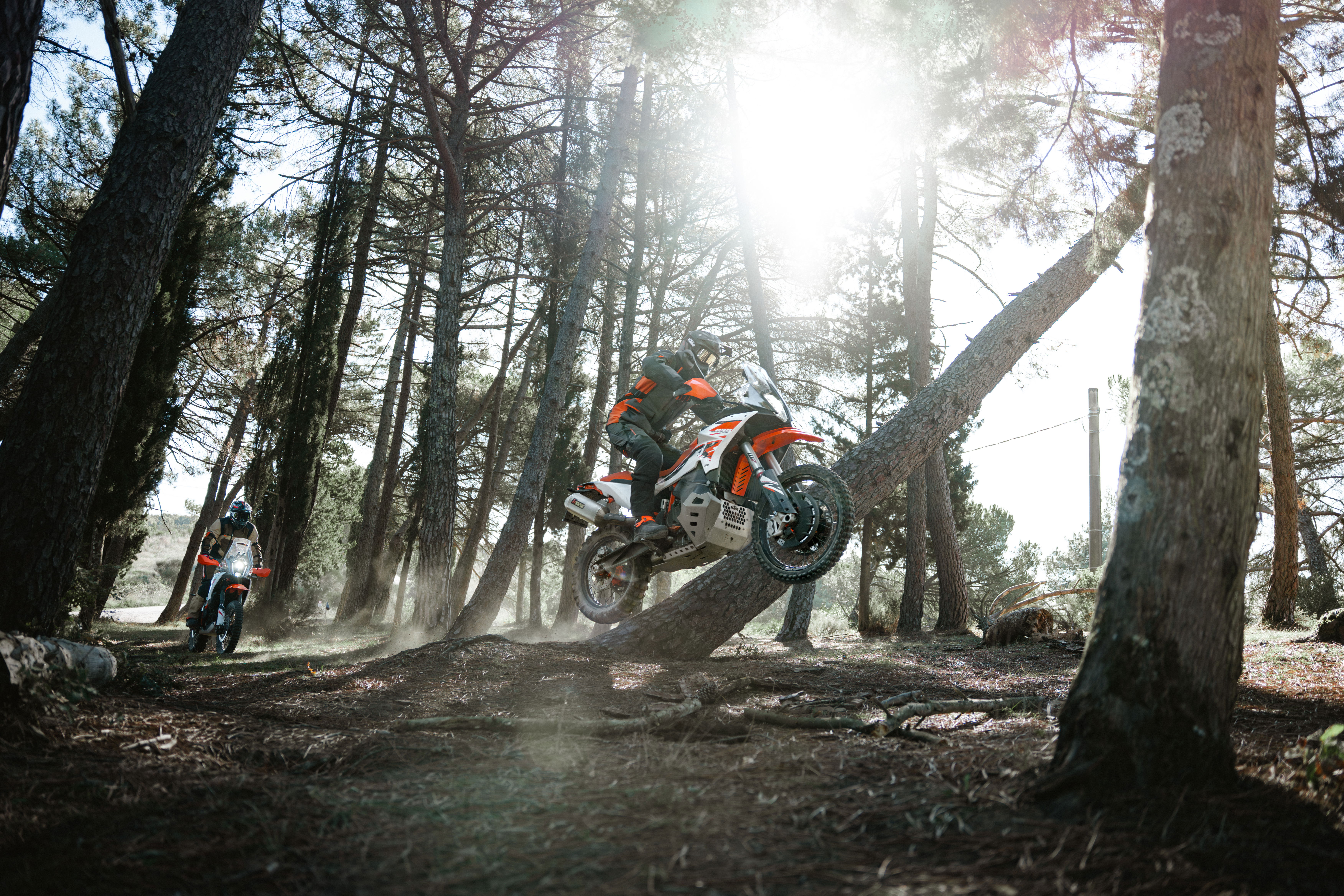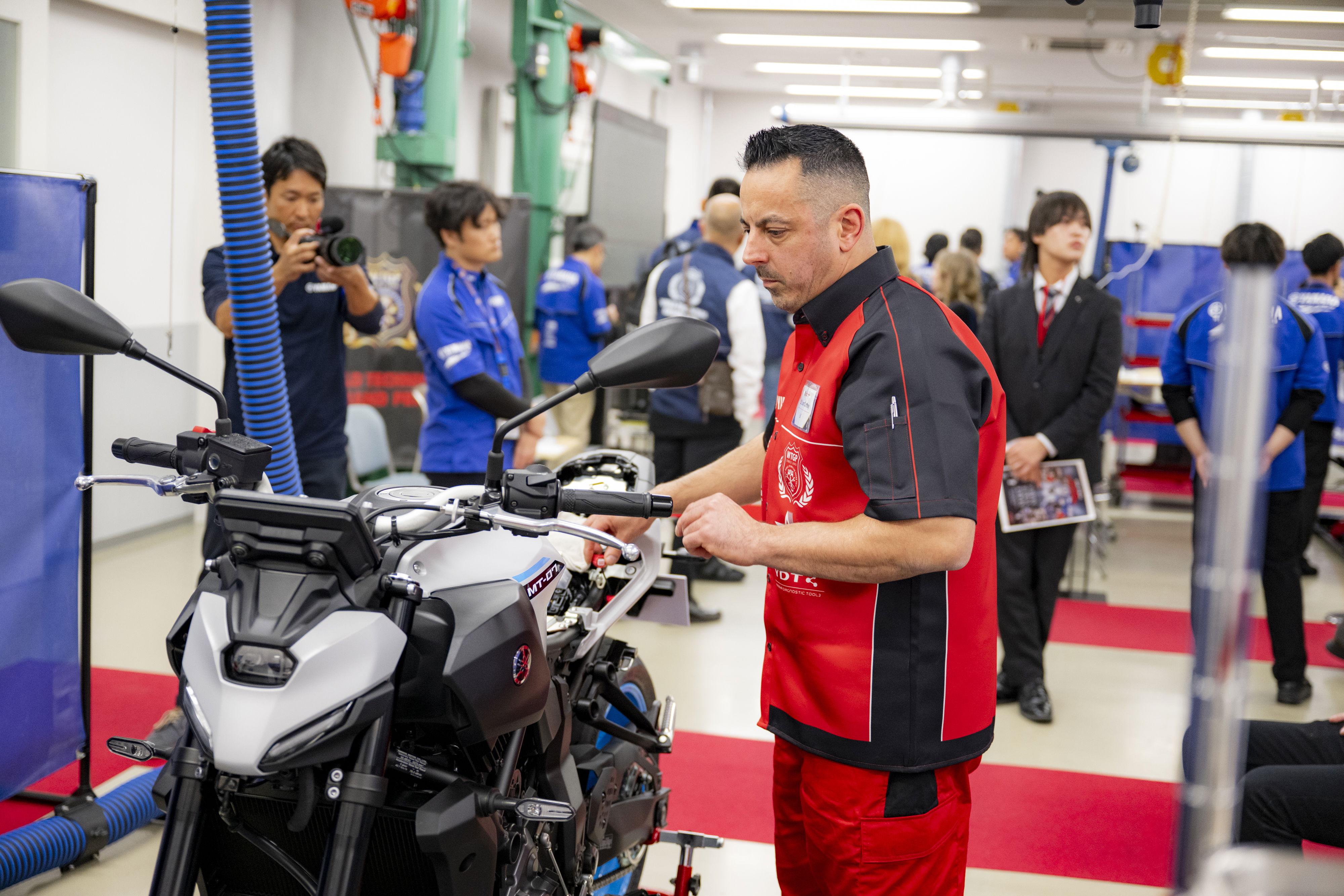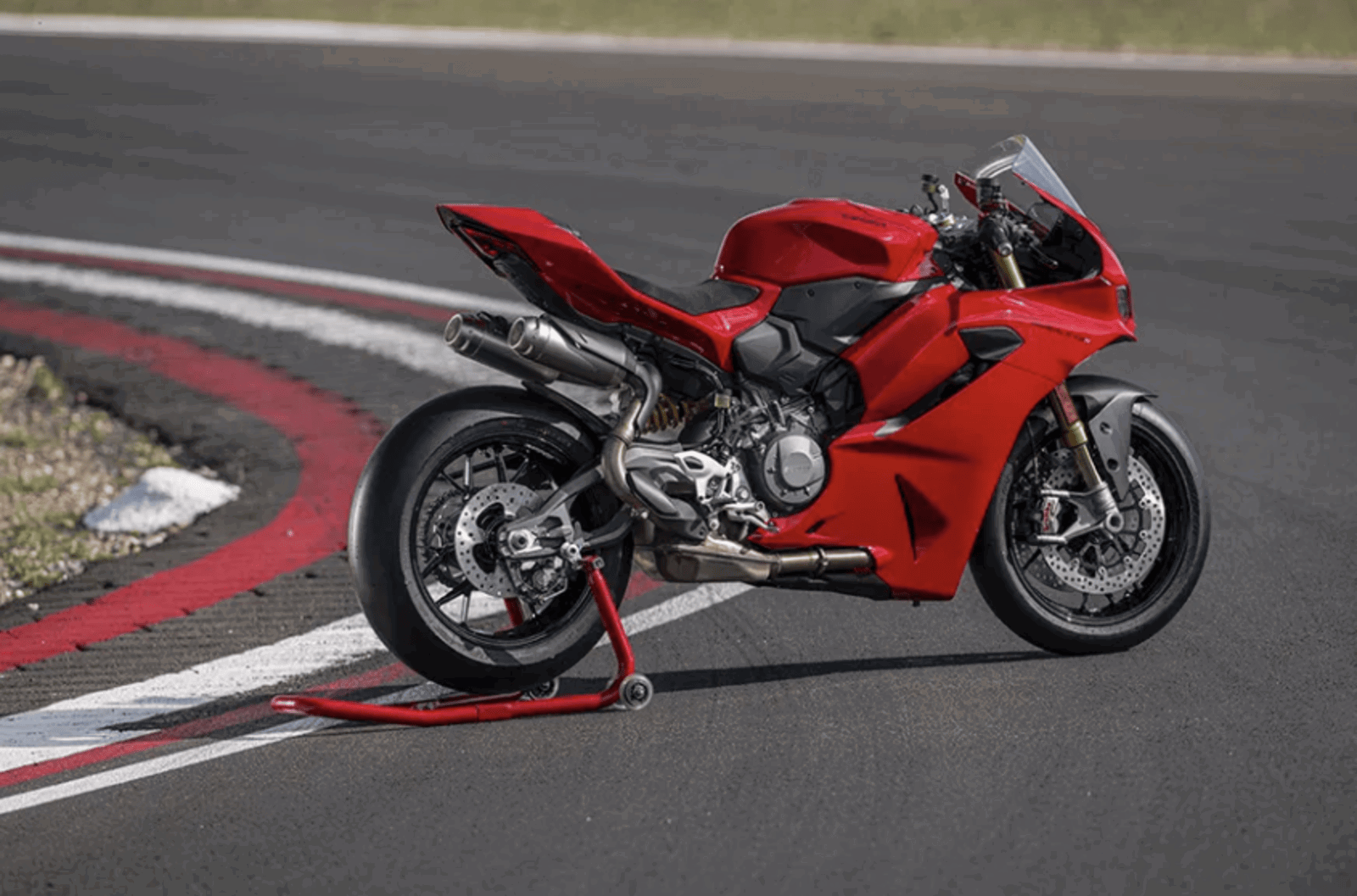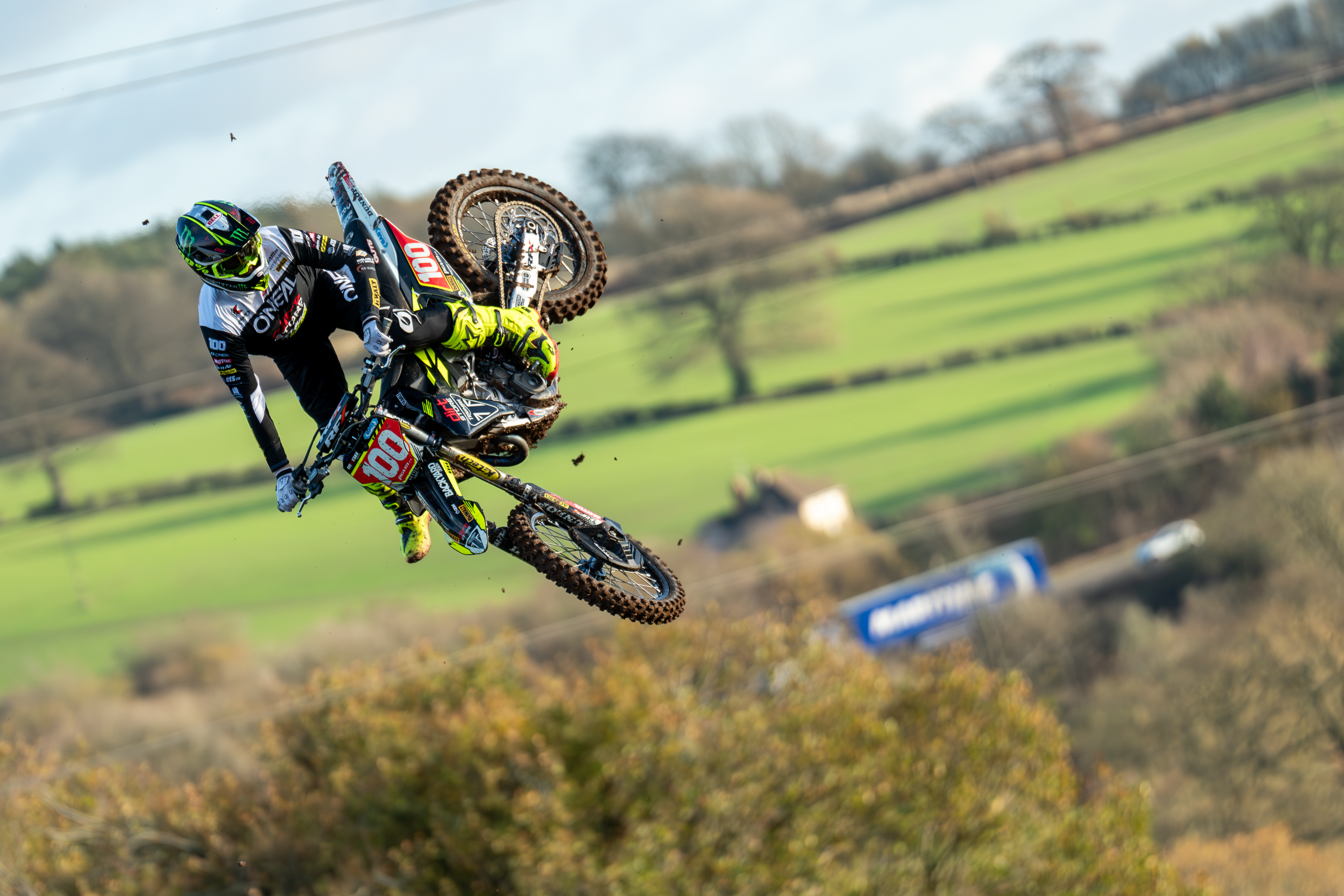Let the carnage begin: 100mph e-scooter developed
Bo’s 100mph Turbo e-scooter pushes engineering boundaries—but raises serious questions about safety and sanity on our streets.

It’s not often you hear of an e-scooter with a higher power-to-weight ratio than a Bugatti Veyron. But here we are. British electric mobility company Bo has just unveiled the Turbo, an e-scooter aimed squarely at breaking the 100mph barrier.
Developed by a team with experience at Williams F1 and the Bloodhound Land Speed Record Project, the Turbo is a 24,000W (32bhp), dual-motor electric missile with a top speed nudging 100mph and beyond. It’ll out-accelerate a Tesla Model 3, has a claimed 150-mile range, and deploys cutting-edge cooling and traction systems developed with motorsport pedigree. On paper, it’s an engineering triumph. But on the road, or worse, a cycle lane, it could be something very different.
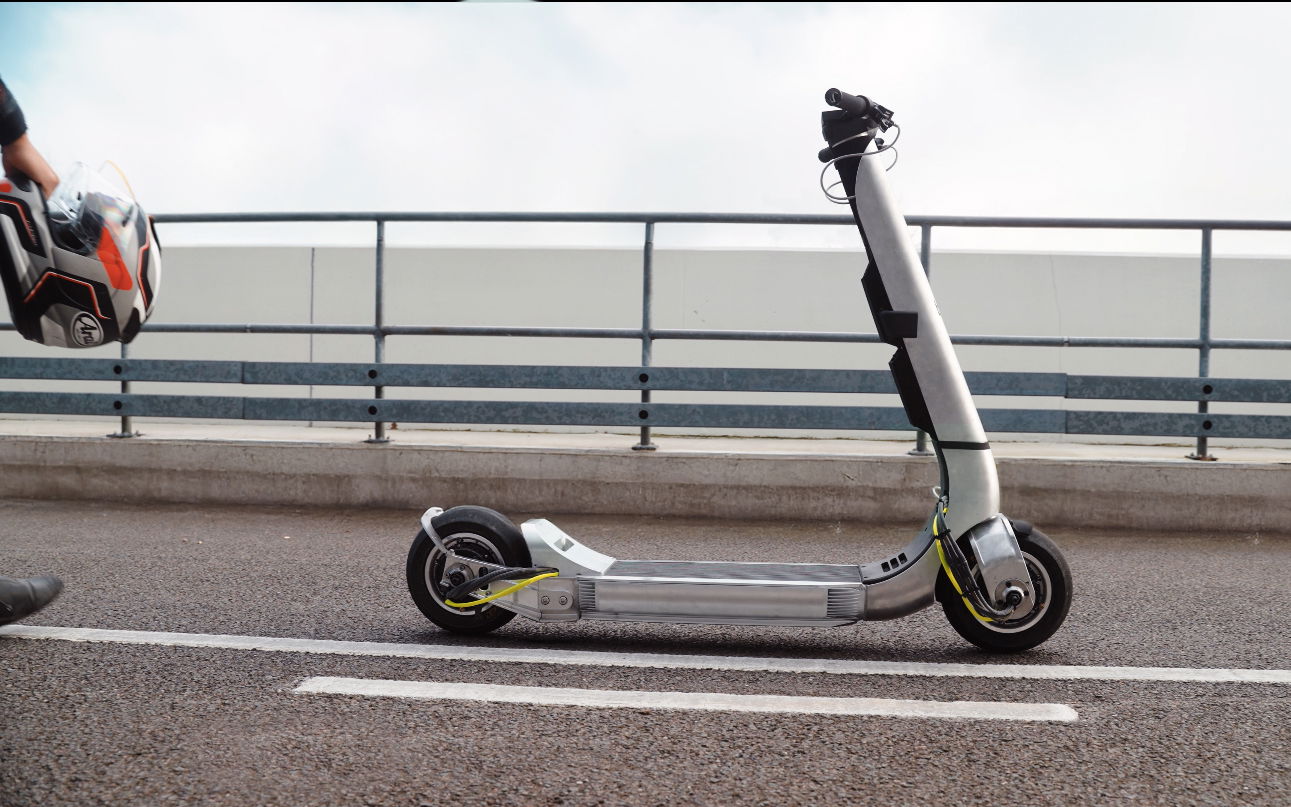
Bo’s stated mission is bold: to build the world’s fastest e-scooter. Using the same Monocurve chassis as the Bo Model-M, its more docile, road-going sibling, the Turbo delivers performance that would look more at home on a race track than the high street.
Initial testing at Goodwood saw the scooter reach 85mph with room to grow, and a full-fat 100mph is the target for its upcoming record attempts. With Formula One-inspired ram-air cooling, aerospace-grade structural components, and peak output equivalent to charging 1,500 iPhones at once, the engineering speaks for itself.
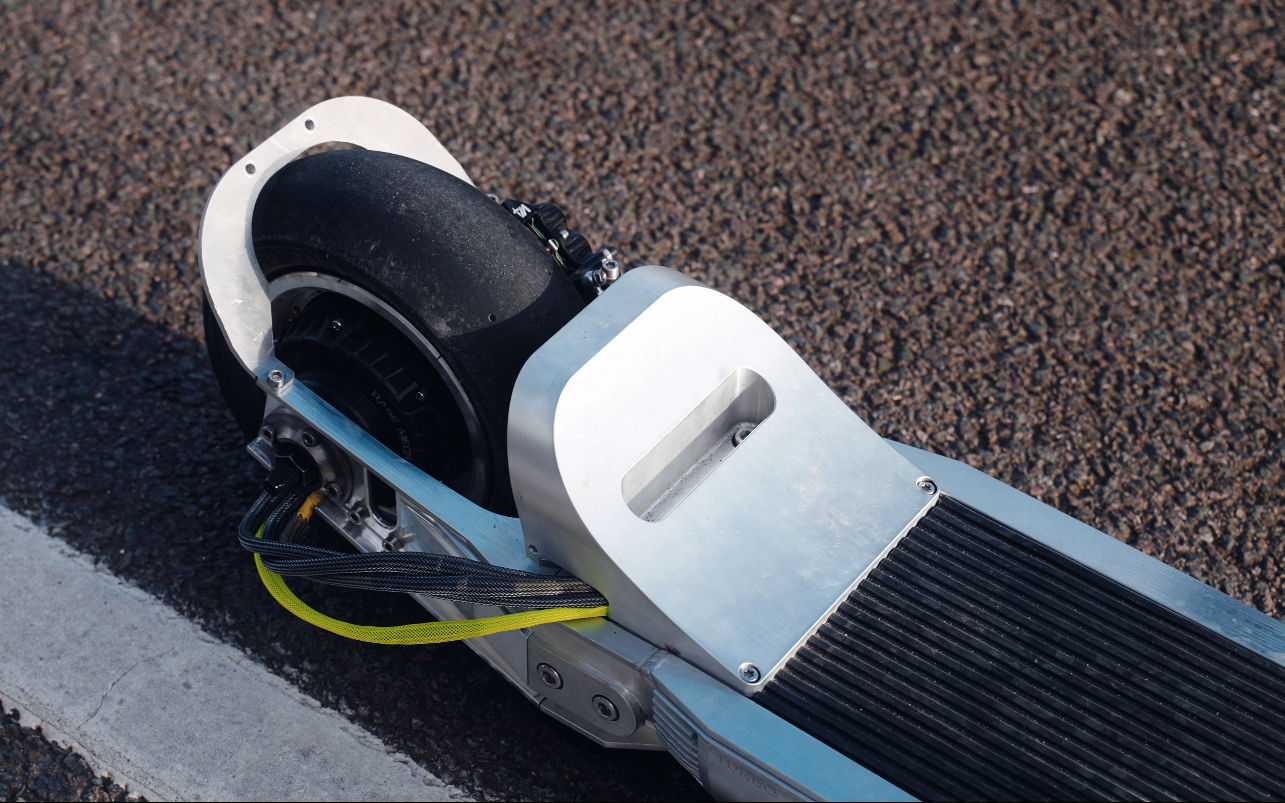
To be clear, Bo isn’t suggesting you’ll be tearing down the A-road on The Turbo tomorrow. The company is building a small run of commission-only builds priced from $29,500 (around £22,000), and the first unit is going to a collector in Madrid to coincide with the 2026 Formula One race.
But even so, the technology from The Turbo is filtering directly into Bo’s road-legal Model-M. That means the bleeding-edge performance innovations that helped this 100mph testbed find its legs are already on their way into scooters destined for public roads. Scooters that, let’s not forget, are already the subject of significant debate in UK cities.
As it stands, privately owned e-scooters remain illegal to use on public roads in the UK, yet that hasn’t stopped a surge in popularity. Unfortunately, that popularity has also come with a spike in collisions, injuries, and fatalities. Now imagine one of those scooters capable of motorway speeds.
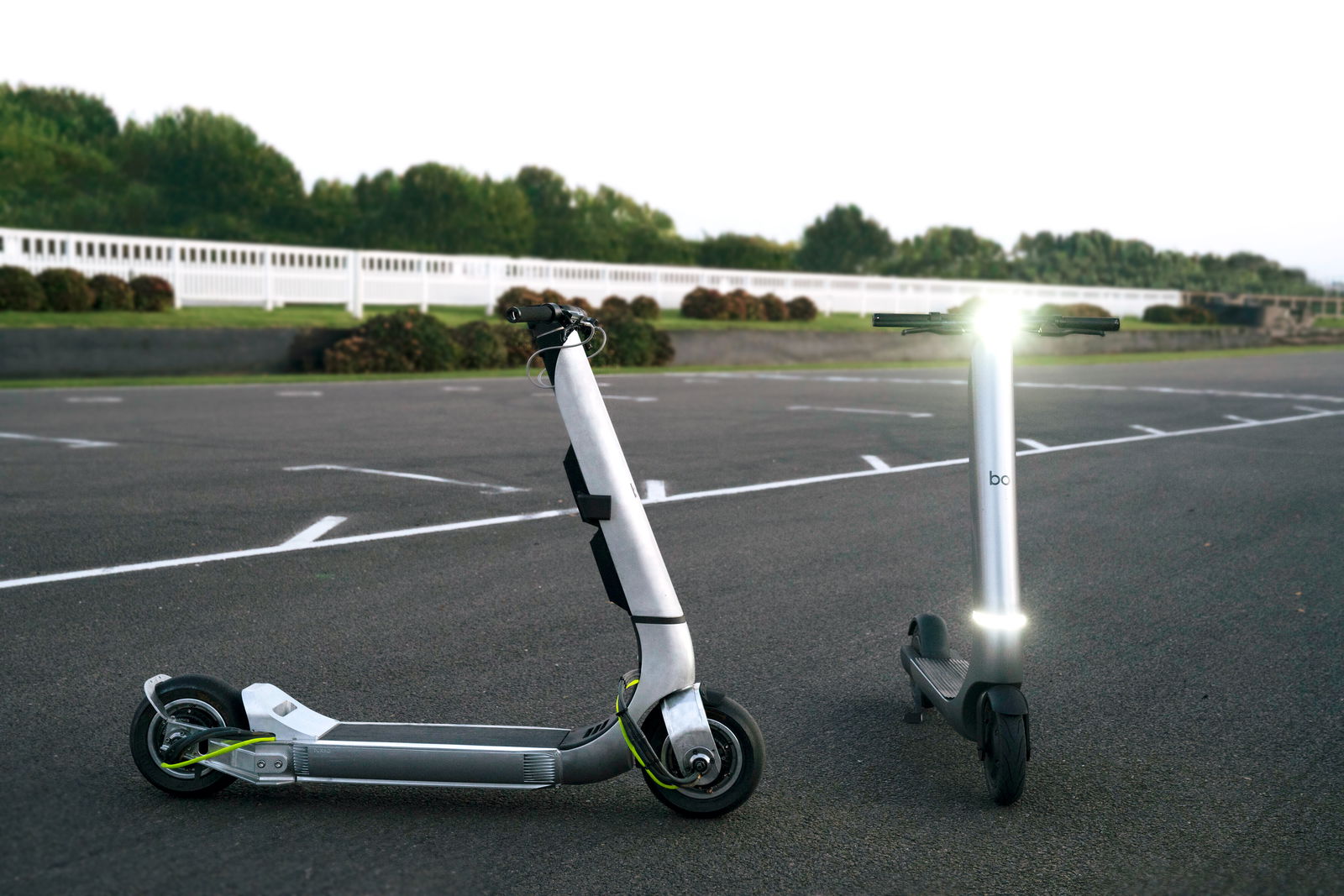
Bo's CEO, Oscar Morgan, is bullish on the vision. “As the Turbo development progressed, we realised we were creating a monster,” he said. “The UK has a proud history of crazy Brits constructing vehicles that ought not be possible.”
That last line may be more telling than he intended. Because in a world where local councils are struggling to regulate 15.5mph e-scooters, does creating a 100mph machine, no matter how elite, really help the industry?
Morgan says the Turbo is about “elevating e-scooters into mainstream automotive culture.” But until there's a legal framework, suitable protective infrastructure, and mass rider education, elevating them to superbike levels of performance seems premature at best. And dangerous at worst.
Even with professional riders like Tre Whyte behind the handlebars during testing, the risks are obvious. “We’re trying to highlight what this sector is really capable of,” added CTO Harry Wills, who cut his teeth on the Bloodhound LSR project. Admirable, yes. But just because something can be done doesn’t mean it should be.
Let’s also talk chassis. The Turbo uses Bo’s patented Monocurve architecture, already stress-tested to withstand 650kg of load. It’s a remarkable feat of structural engineering for a scooter, but it also signals just how far these machines have moved from their urban-mobility roots. When you’re designing a scooter to handle the kinds of forces seen in motorcycle racing, are you still solving for last-mile transport, or chasing headlines?
There’s no doubt that what Bo has achieved with the Turbo is impressive. It’s fast, clever, and backed by serious engineering chops. It shows what e-scooters could become when pushed to their limits.
But when it comes to safety, especially for the average rider, performance isn't everything. The thought of a 100mph e-scooter weaving through traffic, or worse, being hacked or misused, is more terrifying than thrilling. And it’s hard to escape the feeling that the Turbo, no matter how limited or expensive it is, opens the door to a future that urban transport may not be ready for.
Bo says its goal is to “Enjoy Every Journey.” But for the safety of all road users, especially in cities already battling the consequences of under-regulated personal mobility, maybe we should be asking whether this is a journey worth taking at all.
Find the latest motorcycle news on Visordown.com
